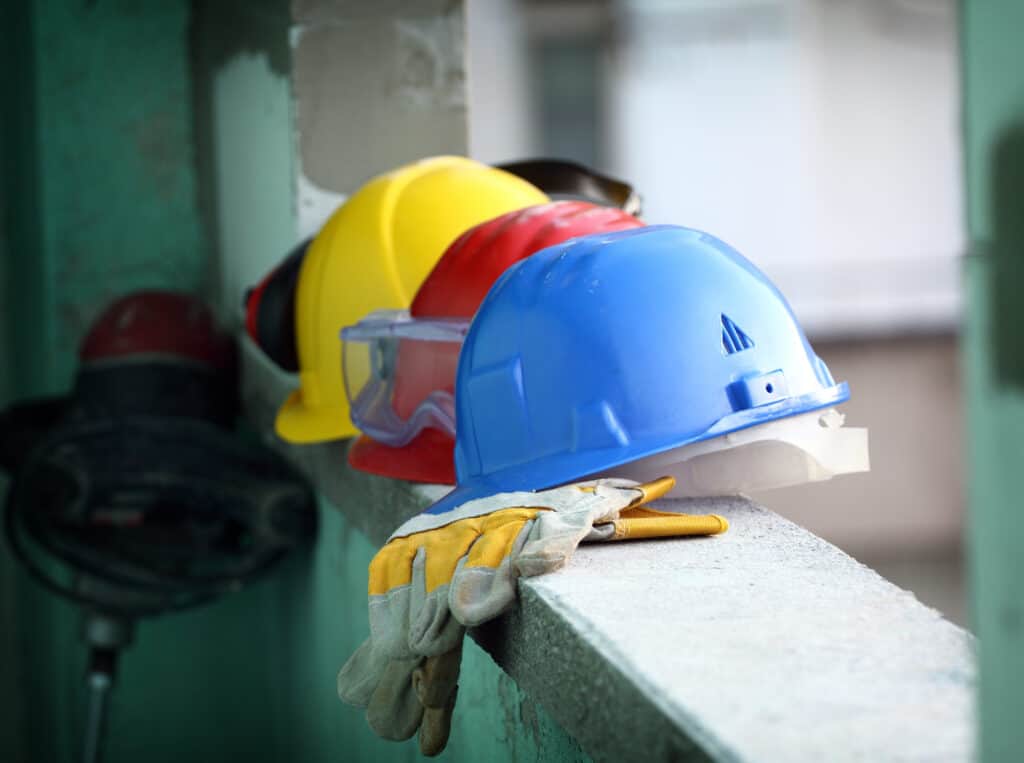Health and Safety in the Workplace: Best Practices for a Risk-Free Environment
Creating a risk-free environment in the workplace is more than a compliance task; it’s a fundamental responsibility that ensures the well-being of every team member. A strong focus on health and safety can prevent accidents, boost productivity, and create a positive culture that shows employees their welfare is valued. Here, we’ll explore essential health and safety practices to help businesses build safer, more productive workplaces.
1. Conduct Regular Risk Assessments
A proactive approach begins with regular risk assessments to identify, evaluate, and manage potential hazards. This assessment process should be thorough, covering everything from equipment and workstation layout to environmental factors like lighting and ventilation.
- Identify Hazards: Recognise hazards associated with each task, including physical, chemical, and ergonomic risks.
- Assess Risks: Analyse the likelihood and potential impact of each hazard, prioritising the most significant ones for immediate action.
- Implement Control Measures: Use a mix of safety measures, such as protective gear, improved processes, and engineering solutions, to minimise risks.
Re-evaluate risk assessments periodically, especially after introducing new equipment or processes, to ensure safety standards remain up-to-date.
2. Provide Comprehensive Health and Safety Training
Training is a cornerstone of a safe workplace. Ensure that every employee, from new hires to long-term team members, understands potential risks and the measures in place to mitigate them. Tailor training to each role, as risks vary significantly across different tasks and responsibilities.
- New Employee Induction: Introduce health and safety protocols from day one, making sure new hires understand emergency procedures, workplace hazards, and safe working practices.
- Role-Specific Training: Provide additional training for tasks involving specialised equipment, hazardous substances, or unique environments.
- Regular Refresher Courses: Offer annual or biannual refresher courses to keep safety practices fresh in everyone’s minds.
Training should be practical, relevant, and, ideally, hands-on, allowing employees to practice what they’ve learned in a controlled environment.
3. Ensure Easy Access to Safety Equipment and Resources
Safety equipment is essential for any risk-free environment. From fire extinguishers and first aid kits to PPE (Personal Protective Equipment), resources should be readily accessible and well-maintained.
- Stock Adequate PPE: Depending on your industry, ensure PPE like hard hats, gloves, eye protection, and hearing protection is available and in good condition.
- Maintain First Aid Supplies: Keep a fully stocked first aid kit in a designated area, along with clear instructions on what it contains and how to use it.
- Inspect Equipment Regularly: Schedule regular inspections for all safety equipment to ensure it functions correctly. Replace any damaged or expired items immediately.
Clearly label where these items are stored and make sure every team member knows how and when to use them.
4. Promote Good Housekeeping Practices
Keeping a workspace clean and organised is a surprisingly effective way to prevent accidents. Slips, trips, and falls are some of the most common workplace accidents, but they’re also some of the easiest to prevent.
- Clear Walkways: Ensure that walkways and exits are free of obstructions, and that no cords or equipment block access.
- Maintain a Clean Environment: Regularly clean and sanitise high-traffic areas, and keep surfaces free from clutter.
- Store Items Properly: Use designated storage areas for tools, materials, and supplies, keeping floors clear and organised.
Implementing these simple housekeeping rules can drastically reduce the risk of accidents in the workplace.
5. Encourage Open Communication Around Safety
Creating a safe environment depends on open communication. Employees should feel comfortable reporting hazards or unsafe conditions without fear of negative repercussions. Encourage your team to actively participate in safety practices by sharing their observations and ideas.
- Establish a Reporting System: Set up an anonymous system for reporting hazards, or appoint a safety officer whom employees can approach.
- Respond Promptly: When someone reports a potential safety issue, address it promptly and share updates with your team on the outcome.
- Hold Regular Safety Meetings: In team meetings, include a short discussion on safety to encourage ongoing awareness and engagement.
Fostering a culture of openness around safety allows employees to voice their concerns and contribute to a risk-free workplace.
6. Stay Compliant with Health and Safety Regulations
Health and safety laws are in place to protect workers and employers alike. Staying compliant with these regulations not only avoids legal repercussions but also demonstrates your commitment to a safe work environment.
- Stay Informed: Regularly review local and national health and safety laws relevant to your industry. Government websites are often a good resource for the latest updates.
- Document Your Efforts: Maintain detailed records of risk assessments, training sessions, and safety incidents. These documents can serve as proof of compliance in case of audits or investigations.
- Conduct Internal Audits: Periodic audits of your safety practices can help identify areas for improvement and ensure compliance with regulatory standards.
Keeping up-to-date with regulations can be challenging, but it is essential for maintaining a legally compliant, safe workplace.
Conclusion
A risk-free workplace doesn’t happen by chance—it’s the result of deliberate, ongoing efforts to protect the health and safety of everyone involved. By conducting regular assessments, providing training, maintaining safety equipment, and fostering open communication, businesses can cultivate a culture where safety is a shared responsibility. Remember, a safe workplace is not only about compliance but also about building a place where employees feel valued, secure, and ready to contribute their best.

